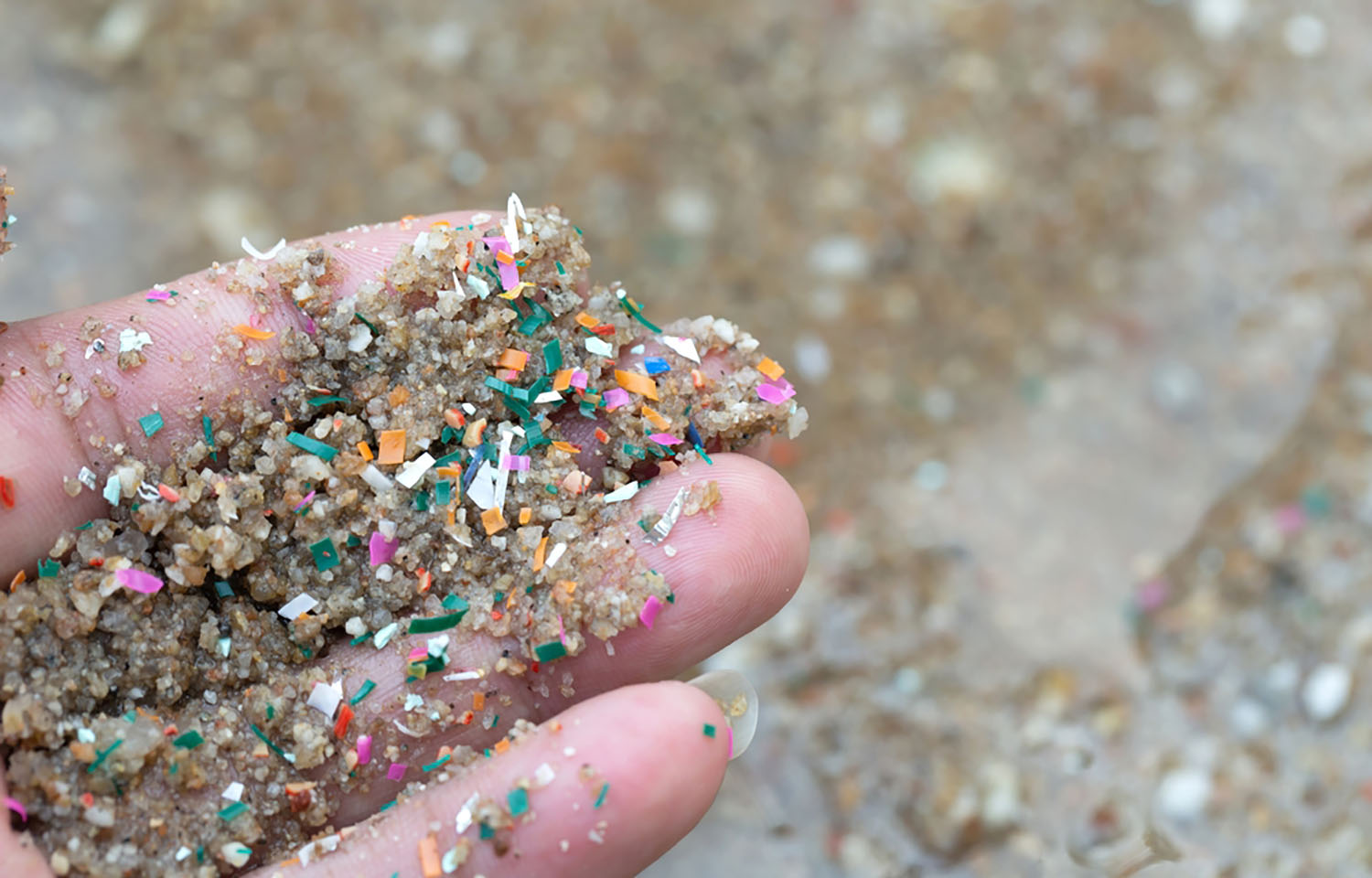Why Ballons are dangerous for marine life
Balloons are a staple at parties, celebrations, and events. They add a touch of color and festivity to any occasion. However, what many people don’t realize is that balloons can have a devastating impact on marine life. In this article, we’ll explore the hazards of balloons for sea creatures and why we need to rethink our use of them.
The Hazards of Balloons for Marine Life
Balloon Releases
One of the biggest hazards of balloons for marine life is the release of balloons into the environment. Balloon releases are often used as a way to celebrate or commemorate an event, but they can have serious consequences for sea creatures.
When balloons are released into the air, they eventually come back down to the ground or water. When they land in the ocean, they can be mistaken for food by marine animals such as sea turtles, dolphins, and whales. These animals can become entangled in the strings or ribbons attached to the balloons, which can lead to injury or death.
Ingestion
Sea creatures are also at risk of ingesting balloons that have landed in the ocean. Balloons can resemble jellyfish or other prey that marine animals feed on. When ingested, balloons can cause blockages in the digestive system, leading to starvation and death.
Even if the balloon itself is not ingested, the strings or ribbons attached to them can cause harm. These strings can wrap around marine animals, causing entanglement and potentially leading to drowning or suffocation.
Pollution
In addition to the direct hazards of balloons for marine life, they also contribute to pollution in the ocean. When balloons are released, they eventually deflate and break down into smaller pieces. These pieces can be mistaken for food by marine animals, leading to ingestion and potential harm.
The plastic used to make balloons is not biodegradable, meaning it can take hundreds of years to break down. This means that the pollution caused by balloons can have a long-lasting impact on marine life and the environment.
Real-Life Examples of Balloon Hazards for Marine Life
The dangers of balloons for marine life are not just theoretical. There have been numerous real-life examples of the harm caused by balloons in the ocean.
Sea Turtle
Sea turtles are particularly vulnerable to the hazards of balloons. They mistake balloons for jellyfish, one of their main food sources, and can become entangled in the strings or ribbons attached to them. Ingestion of balloons can also cause blockages in their digestive system, leading to starvation and death.
In 2018, a study by the University of Exeter found that balloons were the number one marine debris item ingested by sea turtles. The study also found that the number of balloons ingested by sea turtles has tripled in the last decade.
Dolphins
Dolphins are also at risk of harm from balloons in the ocean. In 2019, a dolphin was found dead on a beach in Florida with a balloon string wrapped around its body. The string had cut into the dolphin’s skin, causing severe injuries.
This is just one example of the harm that balloons can cause to dolphins and other marine animals. Ingestion and entanglement in balloon strings can lead to injury, illness, and death for these creatures.
Alternatives to Balloon Releases
While balloon releases may seem like a harmless way to celebrate or commemorate an event, there are many alternatives that are safer for marine life and the environment.
Biodegradable Balloons
One option is to use biodegradable balloons. These balloons are made from natural materials that break down more quickly than traditional balloons. While they are not a perfect solution, they are a better alternative to traditional balloons.
Bubble Blowing
Instead of releasing balloons, consider using bubble blowing as a way to celebrate. Bubbles are fun and festive, and they do not pose a threat to marine life. Plus, they are biodegradable and non-toxic.
Planting Trees
Another alternative to balloon releases is to plant trees. This is a great way to celebrate and give back to the environment. Trees help to absorb carbon dioxide and provide habitats for wildlife, making them a much more eco-friendly option than balloon releases.
What You Can Do to Help
As individuals, there are steps we can take to help reduce the hazards of balloons for marine life.
Proper Disposal
If you do choose to use balloons for an event, make sure to dispose of them properly. Cut the strings or ribbons attached to the balloons before throwing them away, and never release them into the environment.
Spread Awareness
Many people are not aware of the harm that balloons can cause to marine life. By spreading awareness and educating others, we can help reduce the number of balloon releases and the impact they have on the ocean.
Support Organizations
There are many organizations dedicated to protecting marine life and the environment. Consider supporting these organizations through donations or volunteering to help their efforts.
Real-World Example: Dana Wharf Whale Watching
Dana Wharf Whale Watching is a company that offers whale watching tours in Dana Point, California. They have taken a stand against balloon releases and have implemented a “no balloon” policy on their boats.
In addition, they educate their customers about the hazards of balloons for marine life and encourage them to choose alternative ways to celebrate. This is a great example of a company taking action to protect marine life and the environment.
Balloons may seem like harmless fun, but they can have a devastating impact on marine life. From balloon releases to ingestion and pollution, balloons pose a serious threat to sea creatures. By choosing alternative ways to celebrate and properly disposing of balloons, we can help protect marine life and the environment. Let’s all do our part to keep our oceans clean and safe for all creatures that call it home.



